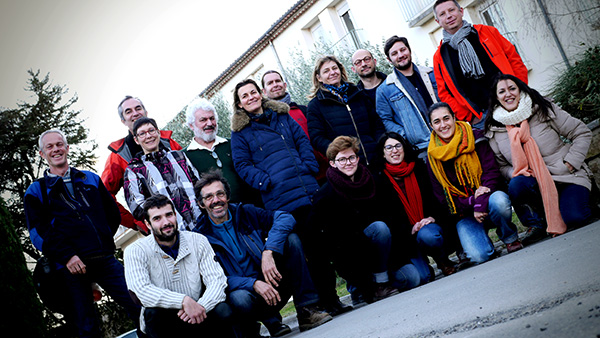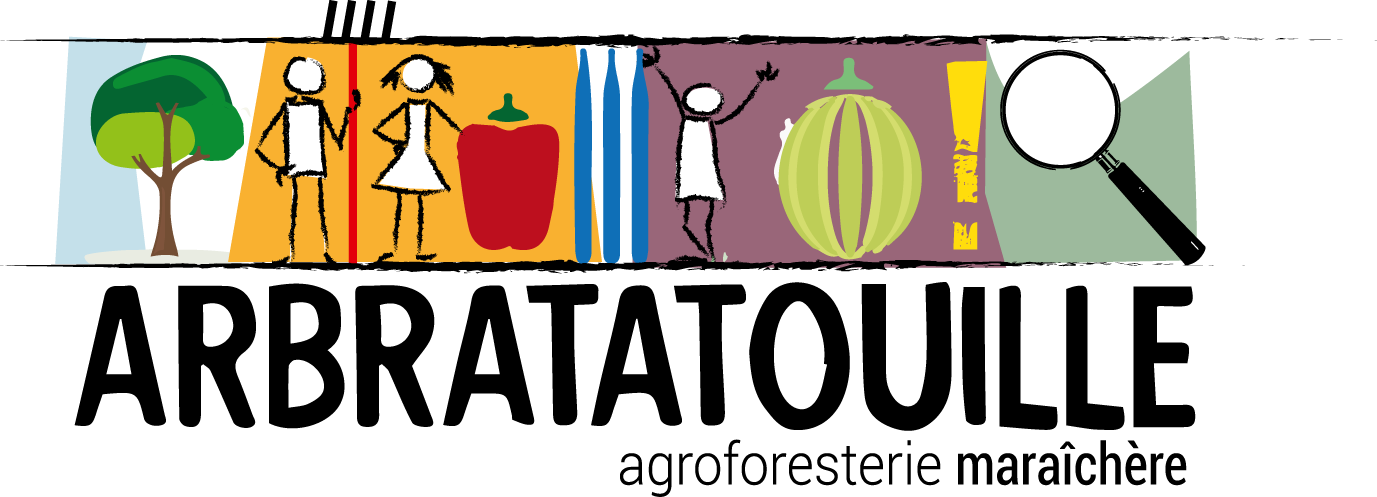presentation
ARBRATATOUILLE is a research project on agroforestry market gardening, based on a close collaboration between farmers and researchers. The project started in 2014 and aims to improve our knowledge on interactions between trees and vegetable production, and to propose new perspectives for agroforestry system conception and management.
Market gardening agroforestry can be defined as the association between trees and vegetable crops over a same area. On the Mediterranean area, this system has an historic and traditional dimension, sometimes designed by local dedicated terms: “Coltura promiscua” in Italy, “Huertas” or “Pomeradas” in Spain, “Complantations” in France. These systems have tended to disappear as a result of the modernization of agriculture in the past century. Nevertheless, because of the advantages that agroforestry can have, some agroforestry surfaces have been maintained, and more and more market gardeners wish to plant, taking inspiration from traditional systems but adapting them to their more modern constraints.
This motivation to engage in agroforestry is partly due to the fact that the agroforestry association represents a potential solution to many challenges faced by market gardeners: the need to diversify production in small areas, reducing the use of inputs , management of water resources, adaptation to climate change (drought, heat wave), comfort in working in the field of work ... etc. Many farmers then turn to technical structures to obtain more information, and to benefit from support for the design and management of these systems. However, the knowledge we have today about the functioning and performance of these systems is very limited and sparse, hence the need to federate exchanges between practitioners and researchers and carry out applied research on the subject.

The research approach we have chosen in ARBRATATOUILLE is called "participatory". Through close collaboration between researchers and farmers, we can implement and promote research that is close to the challenges in the field and whose results are more easily applicable and debatable with farmers. Each year the objectives, protocols and results are discussed again together, to make the project evolve in accordance with each other's objectives.
